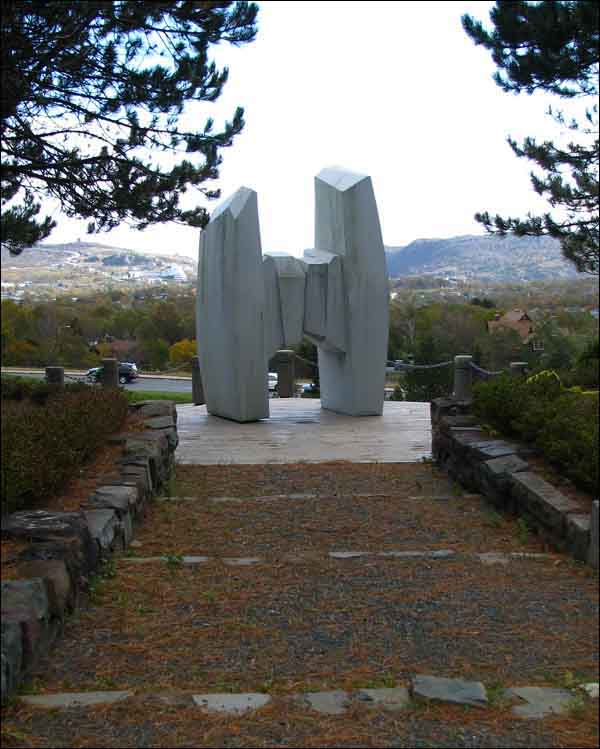Remembering an Accident: Ocean Ranger Oil Rig Disaster

Early in the morning of February 15, 1982, 84 crew members died in the Ocean Ranger disaster.
They were aboard the rig when it capsized and sank in the North Atlantic Sea, off the coast of Newfoundland, Canada.
At the time, the 25,000t rig was the largest of its kind, measuring 396 ft long, 262 ft wide, and 337 ft tall. The semi-submersible mobile oil drilling could operate 1,500ft underwater, drilling up to 25,000 ft below the seabed.
Mobil Oil of Canada hired rig owner Ocean Drilling and Exploration Co. (ODECO) to use the rig for an exploration well on the Hibernia field. The day before the disaster, a strong storm developed, producing winds of 190km/h and waves up to 20m high. Nearby rigs reported unusually large waves.
These nearby rigs later overheard radio chatter speaking of damage to the Ocean Ranger.
Later, the Ranger’s crew confirmed that a porthole window had broken, allowing water to enter the ship’s ballast control room. However, the crew did not believe this to be serious. Soon after, the ballast control panel was noticed to be malfunctioning.
At 1:00 am, the Ocean Ranger’s senior manager radioed the shore to say the rig had started listing, and that the standby vessel should move closer to its position. Mayday calls began ten minutes later, and the rigs final transmission came at 1.30 am, saying crew had moved to lifeboats.
Only one lifeboat with 36 crew members inside could successfully launch. After staying afloat for 1.5 hours, the rig sank between 3:07 am and 3:13 am, leaving at least 20 crew in the water. The lifeboat came close to reaching its supply vessel, but a line between the vessels snapped in the storm. The boat floated away before anyone could be rescued.
All 84 workers aboard the Ocean Ranger died.
This lifeboat was later seen during rescue operations, but again it could not be reached. This was the last time it was seen.
Later, a royal commission concluded that “a chain of events, which resulted from human error, design inadequacies and deficiencies within the management system, coincident with severe storm conditions” caused the disaster. It made 136 recommendations to prevent future incidents, including better training, design and safety equipment for rigs.
Source: Offshore Technology, “The World’s Worst Offshore Oil Rig Disasters.”
Circumstances can crop up anywhere at any time if proper and safe sequence and procedures are not planned and followed. We encourage you to learn and use the TapRooT® System to find and fix problems.
TapRooT® has a team of investigators and instructors with years of extensive training ready to offer assistance worldwide. We also offer ongoing support to our clients through free newsletters and root cause tip videos, the root cause analysis blog, and our annual Global TapRooT® Summit.
Register for one of our TapRooT® courses. We offer a basic 2-day course and an advanced 5-day course. Contact us or call 865.539.2139 about having a course at your site or for further root cause analysis opportunities. We’re here to find solutions for you.
Contact us to discuss training your employees on-site. You may also call us at 865.539.2139 to speak to an instructor, schedule an executive briefing, or book on-site training for your team.



